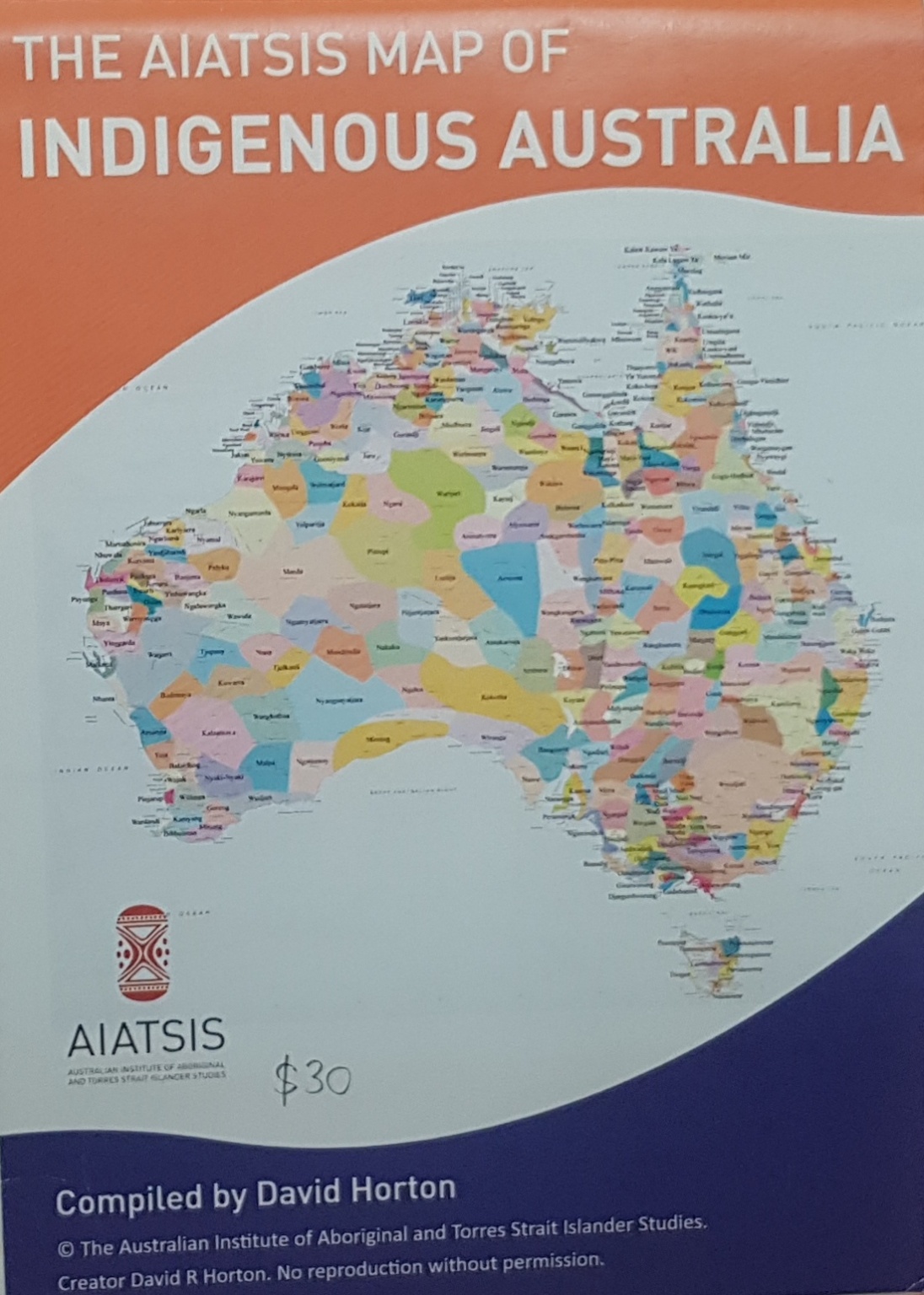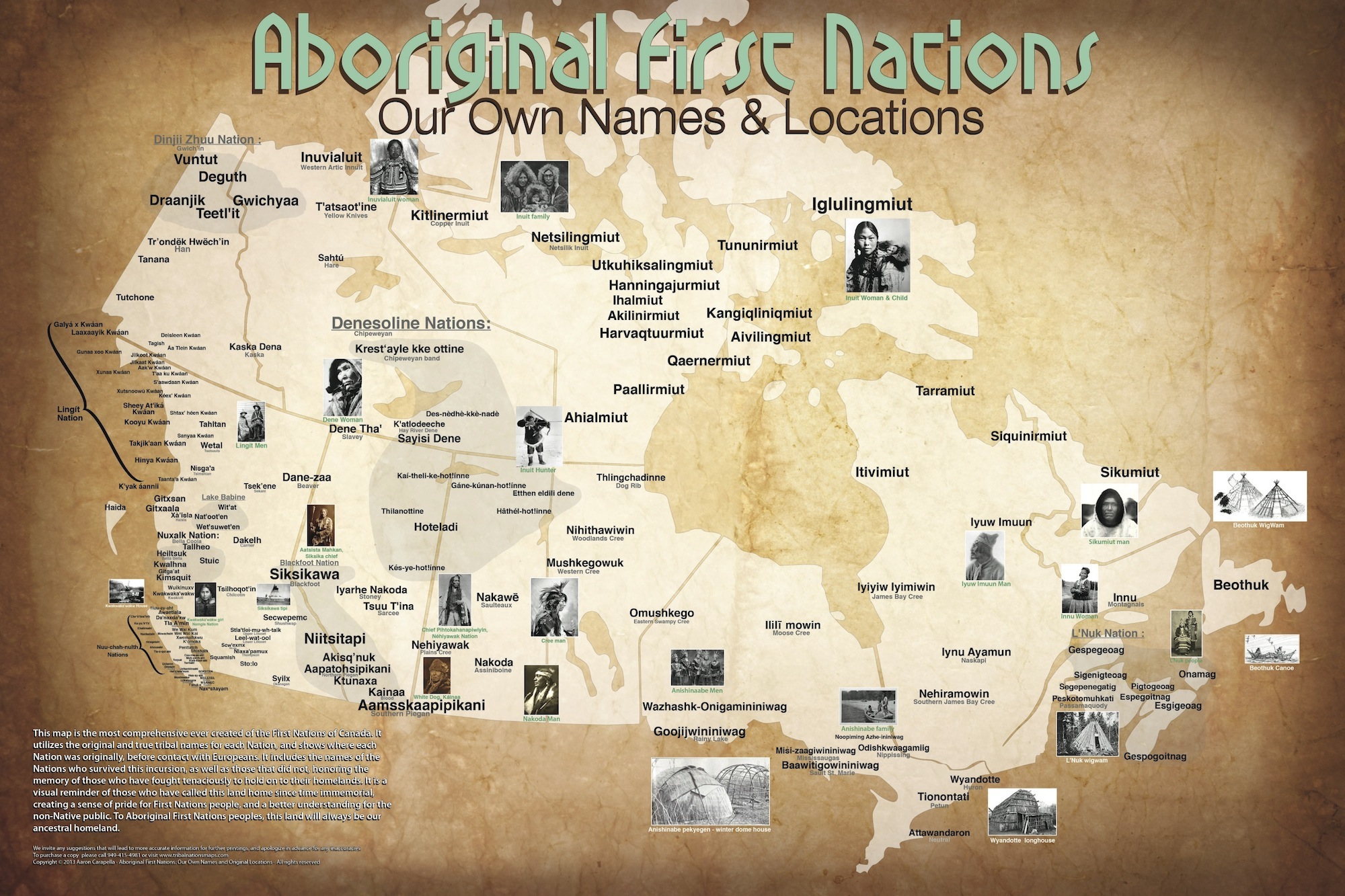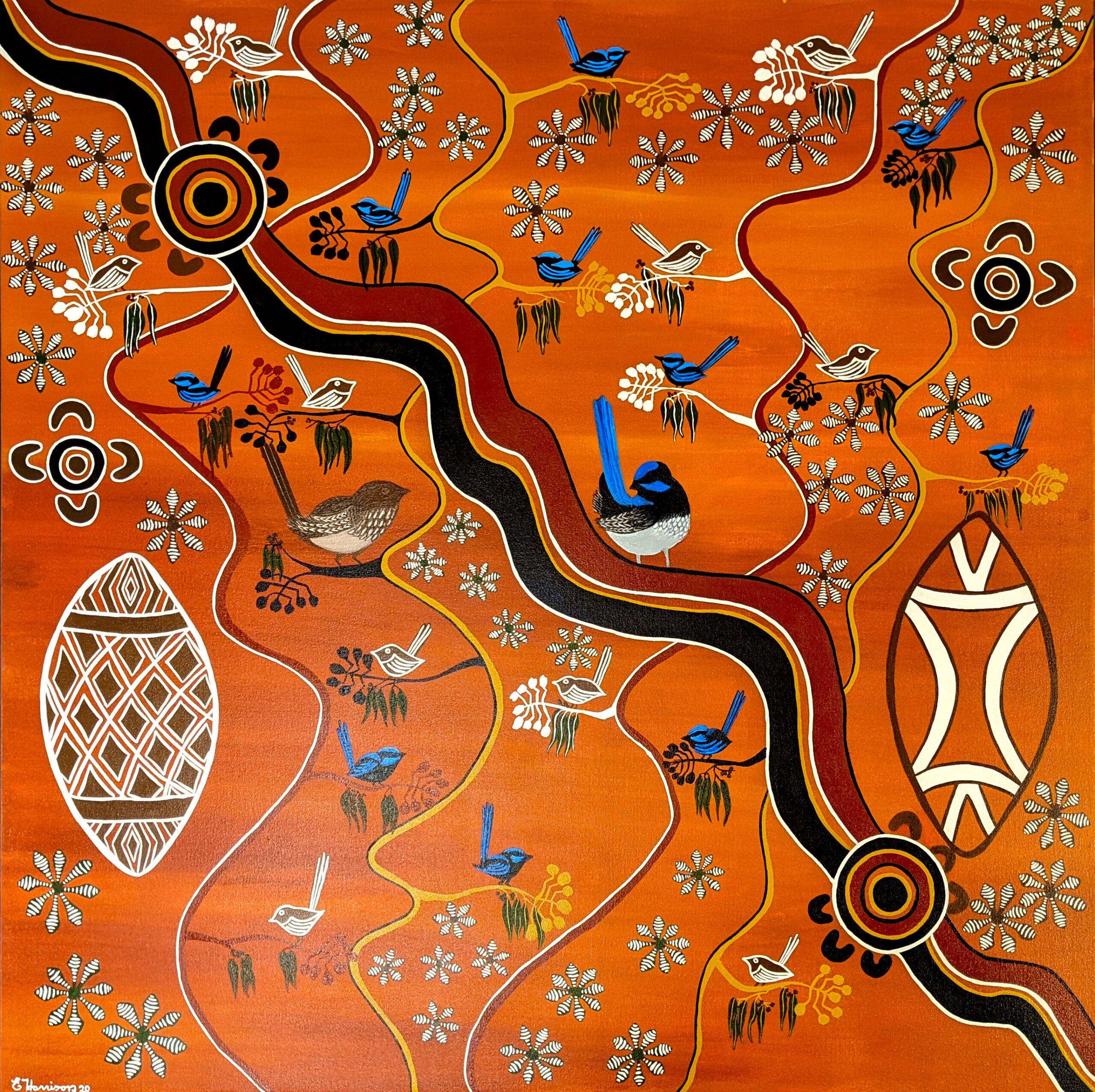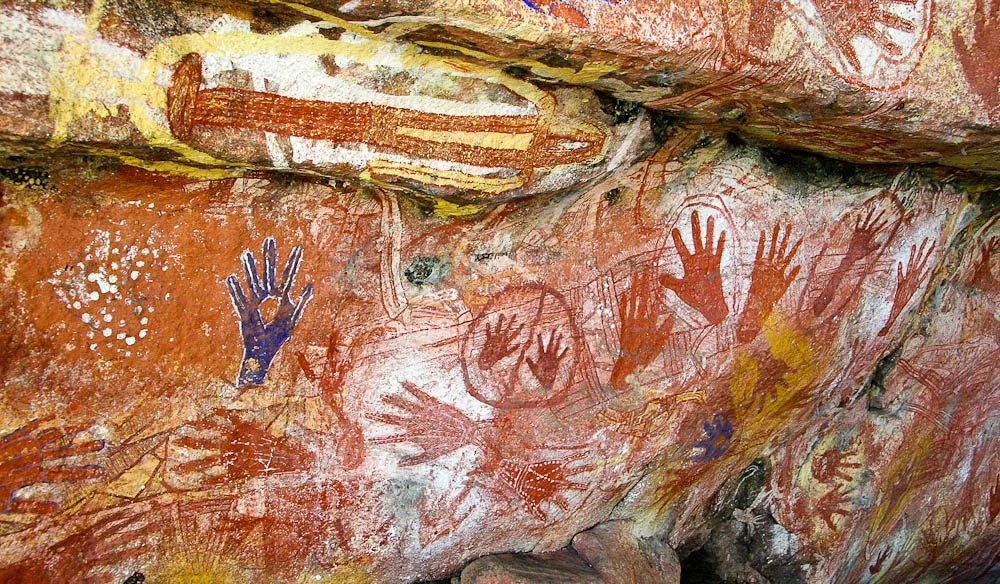Uncovering the Tapestry of Indigenous Lands: A Guide to Understanding Aboriginal Territory Maps
Uncovering the Tapestry of Indigenous Lands: A Guide to Understanding Aboriginal Territory Maps

The vast and diverse landscape of Australia is not just a collection of geographic features, but a living tapestry woven with the stories, traditions, and ancestral connections of Aboriginal and Torres Strait Islander peoples. Understanding this intricate web requires acknowledging and respecting the concept of Aboriginal territory, a notion that extends beyond mere land ownership and speaks to deep cultural and spiritual ties.
Delving Deeper into Aboriginal Territory:
Related Articles: Uncovering the Tapestry of Indigenous Lands: A Guide to Understanding Aboriginal Territory Maps
- Thriving In The Desert: A Guide To Arid Plants
- Breaking Barriers: The Challenges Faced By Eddie Gilbert, Aboriginal Cricket Legend
- Beyond The Pouch: Unpacking The Meaning Of "Kangaroo" In Aboriginal Languages
- A Taste Of The Outback: Exploring Australia’s Unique Native Fruits
- The Nomadic Spirit: How Long Do Aboriginal Tribes Stay In A Single Place?
The term "Aboriginal territory" encompasses a complex and multifaceted reality. It goes beyond simple boundaries marked on a map and represents a deep-rooted connection between Indigenous peoples and their land, waters, and skies. This connection is not just physical but also spiritual, ancestral, and cultural, spanning generations and encompassing a vast knowledge system about the land and its resources.
Understanding the History:
For over 65,000 years, Aboriginal and Torres Strait Islander peoples have been custodians of their respective territories, developing intricate systems of governance, resource management, and cultural practices that ensured the sustainable existence of their communities. This connection has been central to their identity, their understanding of the world, and their survival.
The Impact of Colonization:
The arrival of European colonists in the late 18th century drastically altered the landscape of Indigenous life. Colonization, with its accompanying policies of dispossession, displacement, and assimilation, disrupted the traditional systems of land management and governance, leading to significant cultural and social upheaval.
The Importance of Recognition:
Despite the challenges faced, Aboriginal and Torres Strait Islander peoples have continued to maintain their connection to their territories. Recognizing and respecting these connections is crucial for fostering reconciliation, acknowledging the injustices of the past, and creating a more equitable future.
Navigating Aboriginal Territory Maps:

Aboriginal territory maps are powerful tools for understanding the historical and ongoing relationship between Indigenous peoples and their lands. They provide a visual representation of the diverse and interconnected territories that make up the Australian landscape, highlighting the significance of these lands for Indigenous cultures and identities.
Key Features of Aboriginal Territory Maps:
- Traditional Boundaries: These maps often depict the traditional boundaries of different Indigenous groups, recognizing the historical and cultural significance of these territories.
- Language Groups: Many maps showcase the distribution of different Aboriginal language groups, highlighting the linguistic diversity of Australia’s Indigenous communities.
- Cultural Sites: Maps may also identify significant cultural sites within each territory, such as sacred places, rock art sites, and ancestral burial grounds.
- Land Management Practices: Aboriginal territory maps can provide insights into the traditional practices of land management, demonstrating the sustainable and holistic approach to resource use that has been developed over millennia.

Where to Find Aboriginal Territory Maps:
- National Indigenous Organisations: Organizations like the National Native


Closure
Thus, we hope this article has provided valuable insights into Uncovering the Tapestry of Indigenous Lands: A Guide to Understanding Aboriginal Territory Maps. We appreciate your attention to our article. See you in our next article!